The Prince of Wales's garden at Highgrove: Flowers galore, a wildflower meadow and a treehouse once used by Prince William and Prince Harry
HRH The Prince of Wales's famed garden is open to the public now until October. Country Life's gardens editor Tiffany Daneff paid a visit to find out what you can expect to find.
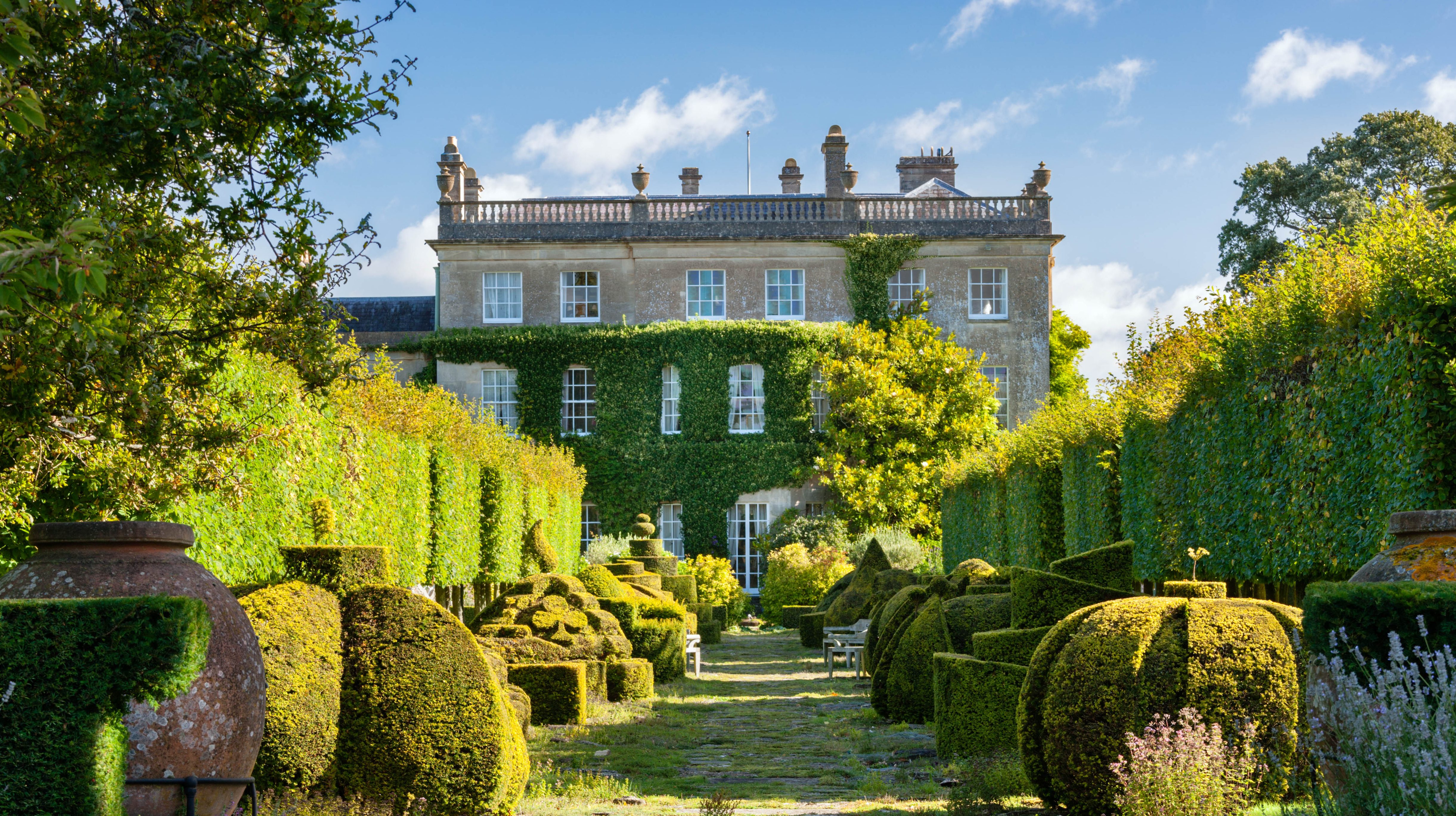
It may be early in the season but, in some respects, this is almost the most interesting time of year to visit HRH The Prince of Wales’s gardens at Highgrove in Gloucestershire.
Tickets are now on sale and those lucky enough to book will find that a walk in Spring reveals so many details that may be lost at other times of year. Underneath scented Daphne odorata and bholua one will see little bulbs carpeting the woodland floor.
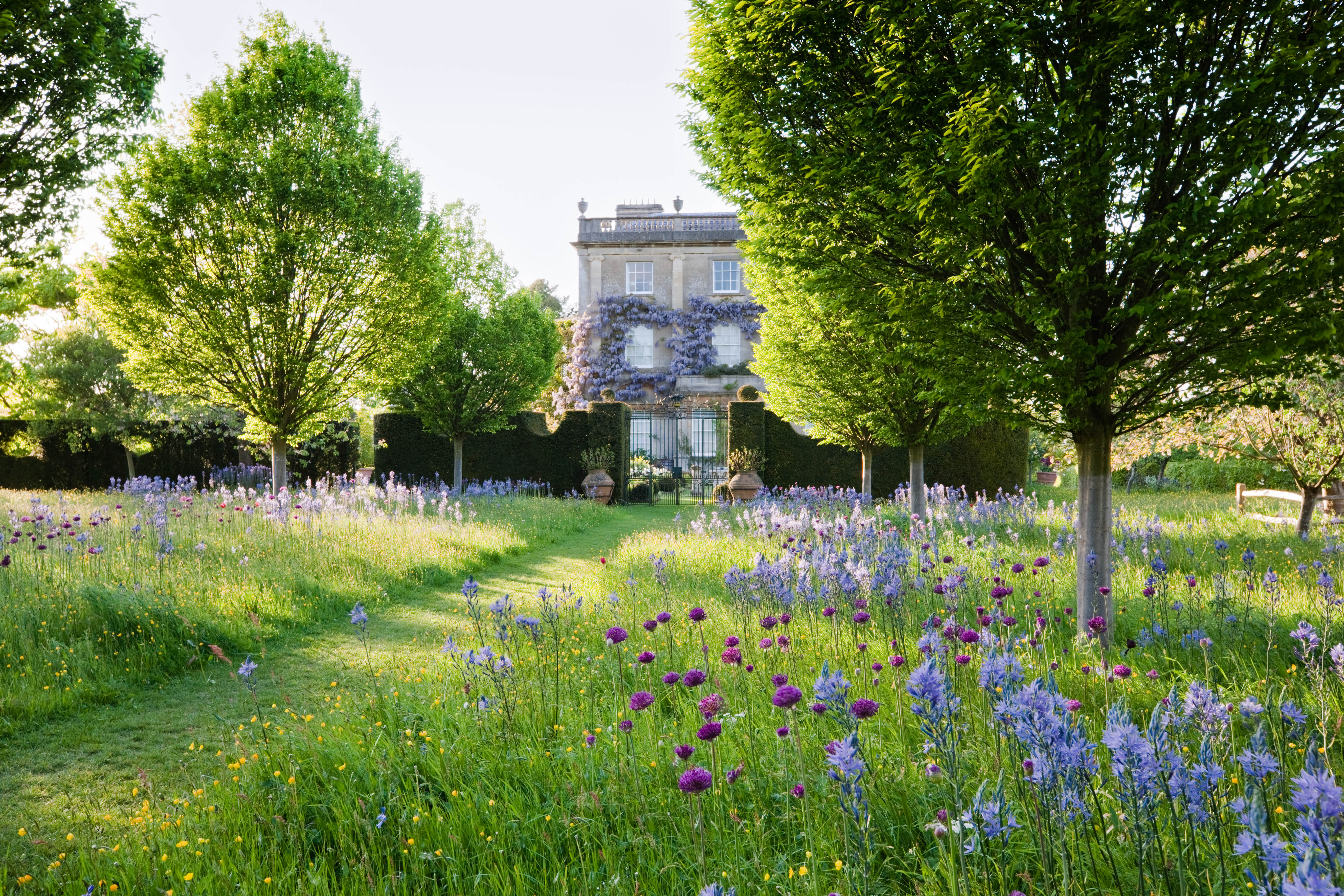
A Highgrove highlight is the Celtic Hedge in the Lower Orchard. Willow, ash and sycamore have been woven together by the sculptor David Nash into a typical Celtic knot design. When the stems are still bare the endless form of the twisted boughs are mesmerizing.
There are also many varieties of fruit tree in the Lower Orchard from which jams and pickles are made (more of which below).
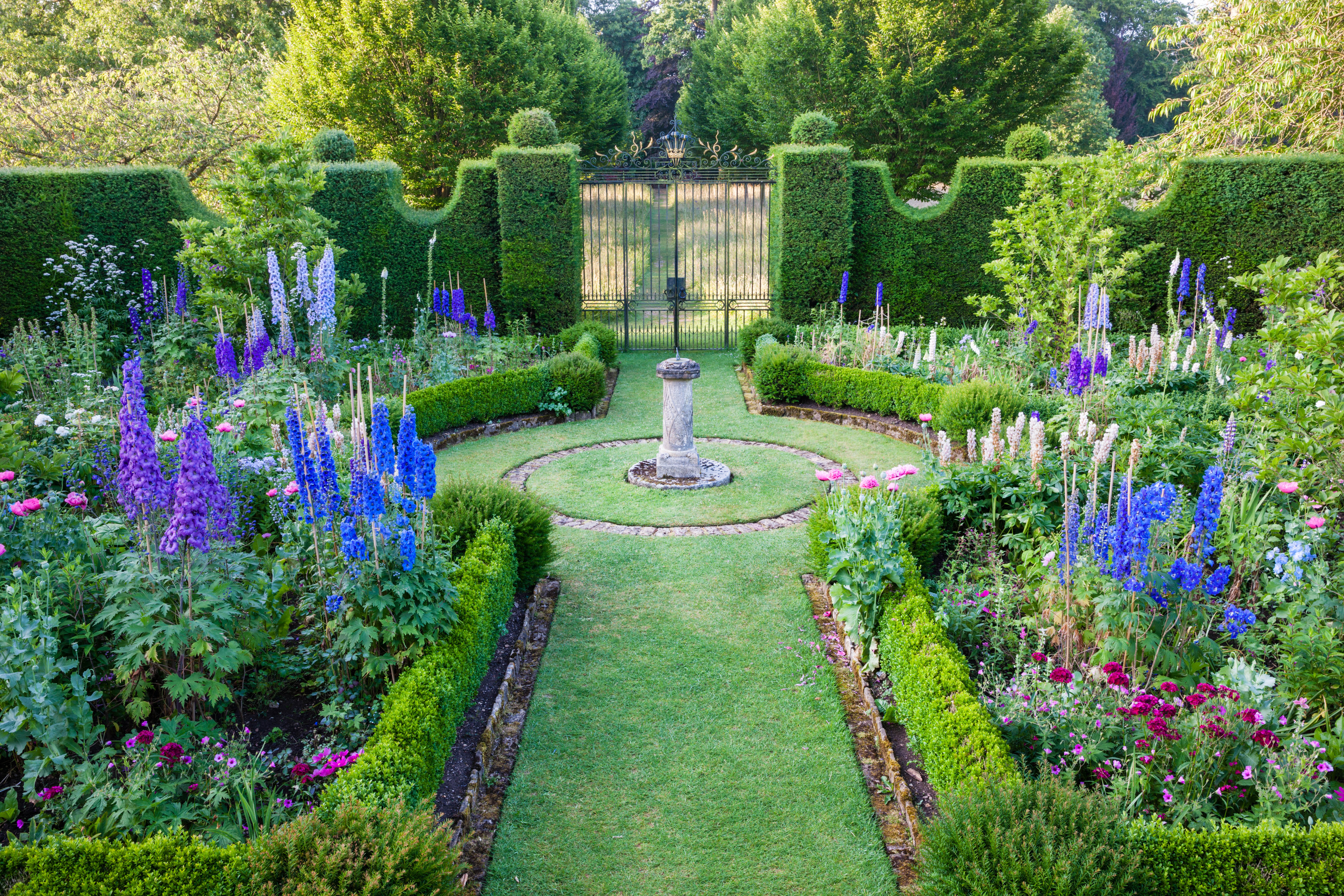
Highgrove is a personal garden and full of surprises — perhaps not at all the formal garden one might expect — and it’s endearing to come across many gifts that have been presented to The Prince. In a sheltered spot, along what was the old Bath to Oxford road, is a collection of hardy palms.
It also held, at one time, 60 tree ferns given to His Royal Highness by the Monarchist Society of Australia. However, the cold winters through 2010 and 2011 took their toll and many were, unfortunately, lost then. This wooded area, known as the Stumpery, has drawn its inspiration from the Victorian concept of growing ferns amongst upturned tree stumps and is simply enchanting.
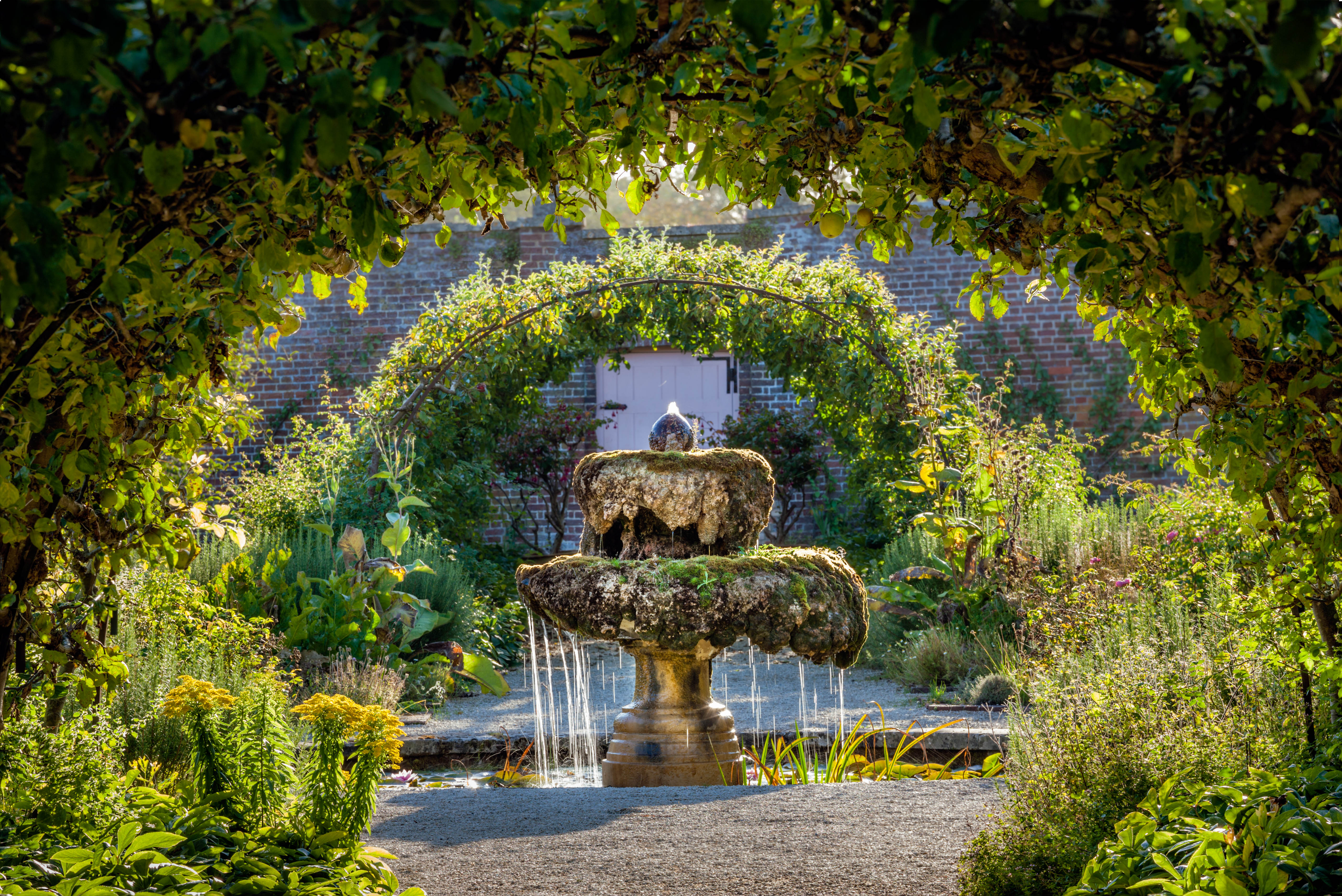
At the end of the Stumpery the Wall of Gifts can be found. The wall was the idea of garden designers Julian and Isabel Bannerman and this stone wall is studded with fragments of architectural detailing, quoins and carvings given to HRH by students from the Prince’s Foundation for Building Community. A statue of a heron which came from Zimbabwe, made from recycled car parts, sits proudly at the water feature.
Sign up for the Country Life Newsletter
Exquisite houses, the beauty of Nature, and how to get the most from your life, straight to your inbox.
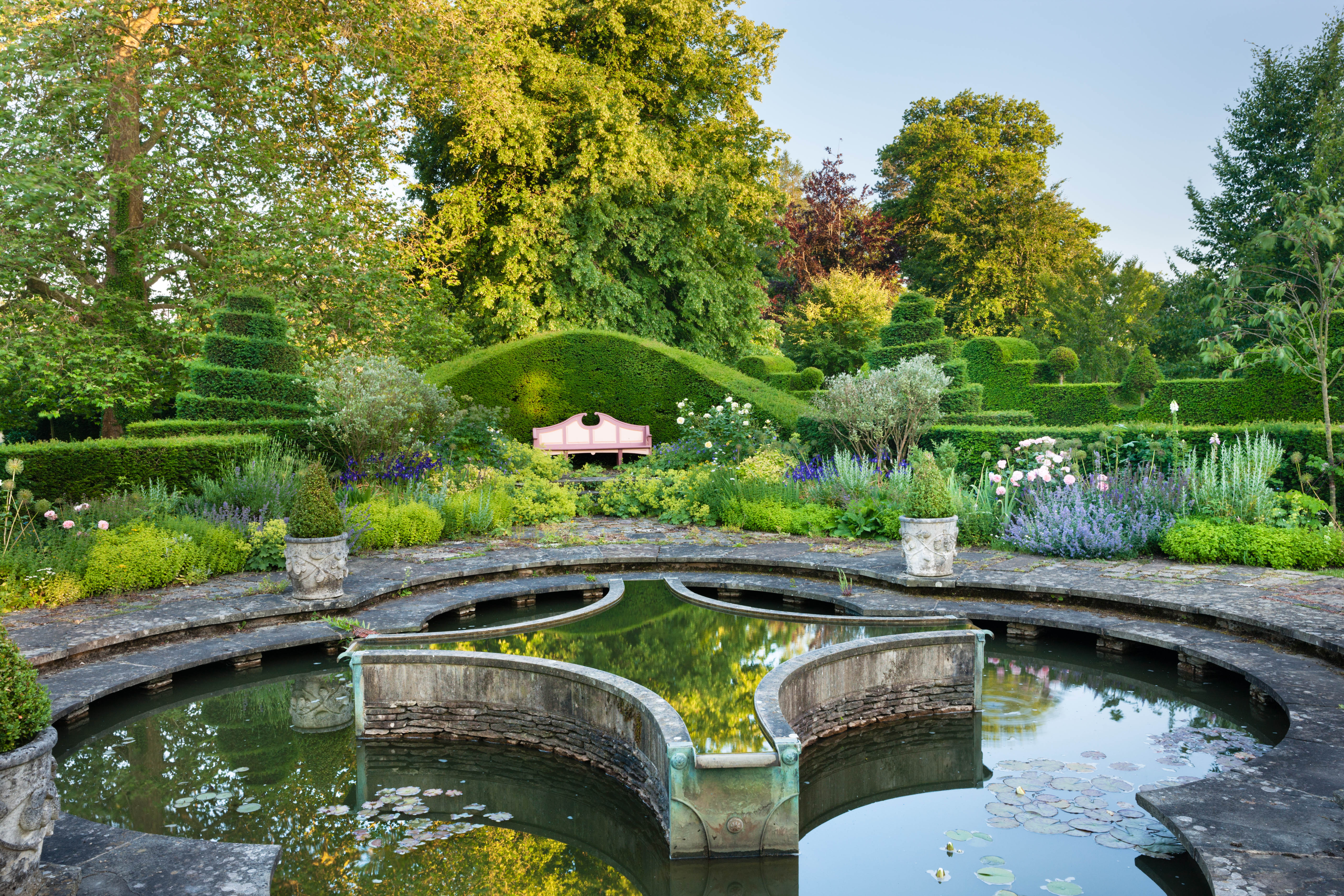
There’s also much to make you smile, from a topiary snail to a tree house, fondly named ‘Holyrood House’, built for Prince William and Prince Harry.
There are moments of stillness too. The Sanctuary, built in 1999 at the turn of the Millennium by Professor Keith Critchlow, is constructed from cob, a mixture of Highgrove clay and barley straw. This is a place of quiet contemplation and only used by HRH The Prince of Wales.
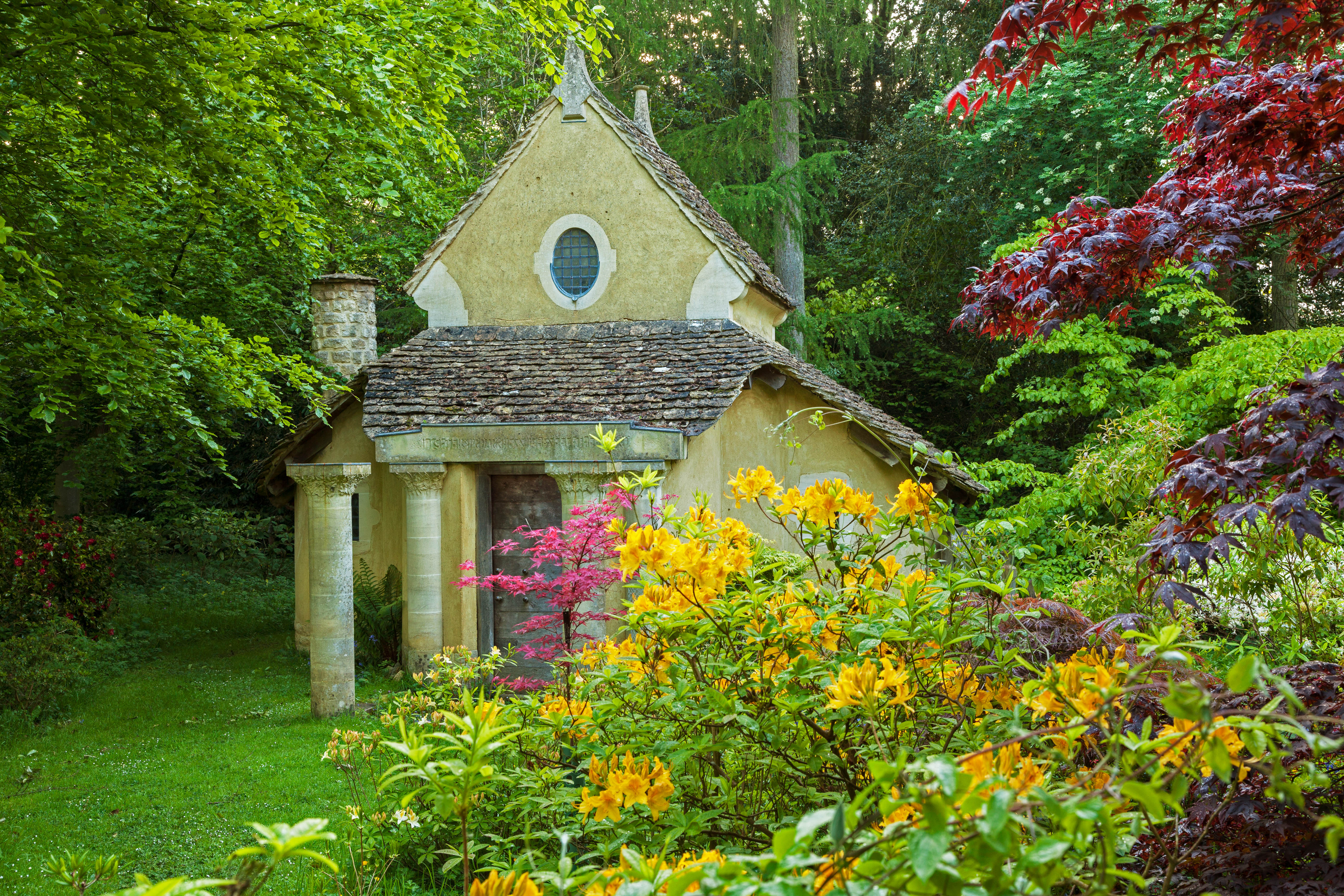
In a garden full of detail one of the finest features is the Thyme Walk leading from the front of the house. The walk gets its name from the thyme and other scented herbs that are planted either side and through the gaps in the paving.
The avenue of golden yews on either side is a feature of the original garden with each yew clipped into a different topiary shape. The story told by the guide is that The Prince gave them over to the gardeners to prune as they wished resulting in a splendid selection of diverse and unique shapes lining the route. Look out for a Christmas pudding, a crown and other eclectic shapes.
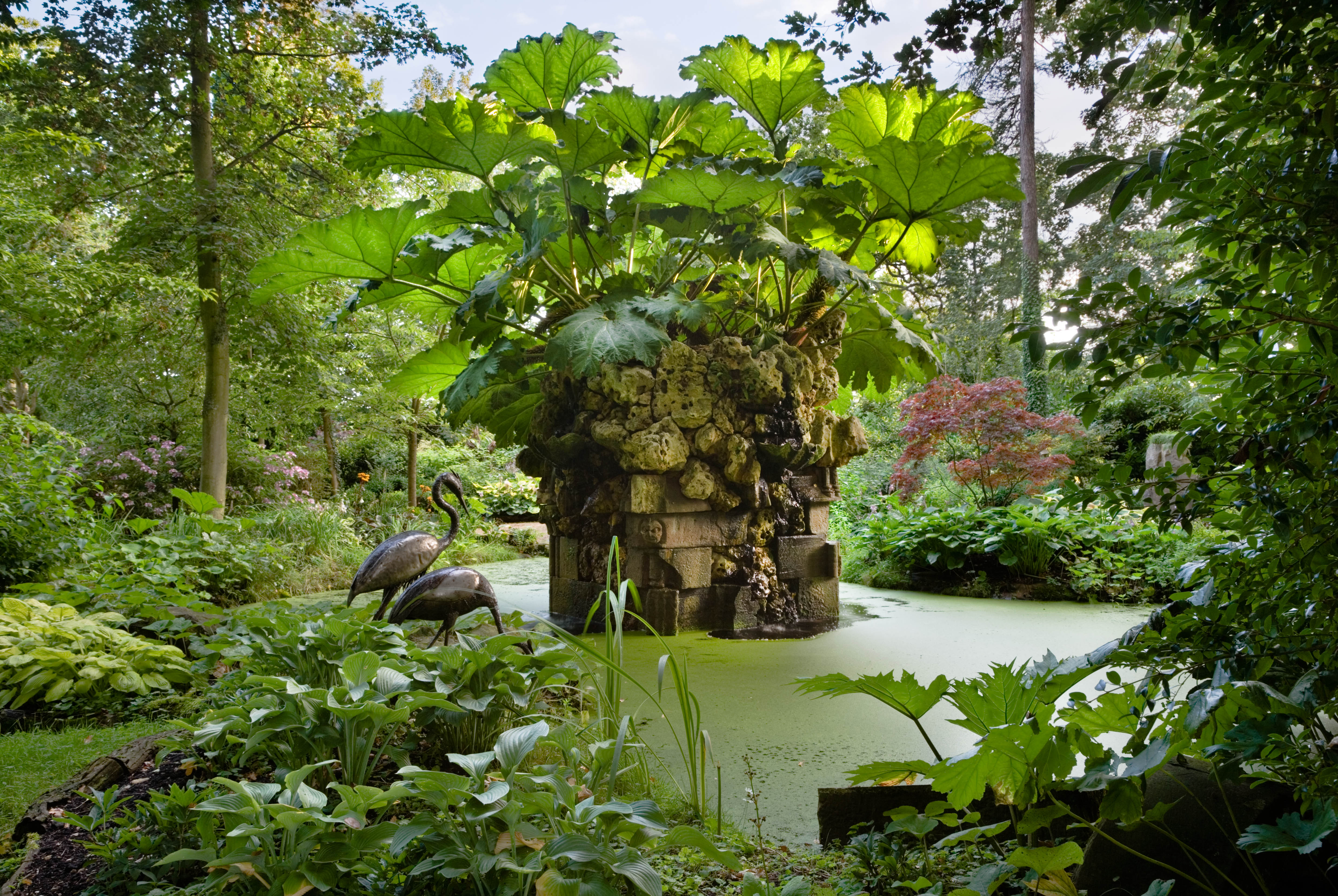
As the year progresses many more treats unfold, from the wonderful wildflower meadow — originally sown in 1982 from a mix by Miriam Rothschild she called her Gloucestershire Farmers’ Nightmare Mix — to the glorious ornamental and productive Kitchen Garden.
One thing remains unchanged no matter how many colourful flowers bloom from mid-spring onwards; the afternoon tea tastes just the same! And, quite honestly, this is a tea that is worth the journey. The sandwiches are made with the softest bread using eggs from the organic free-range hens that roam the Orchard at Highgrove. The scones are to die for, the jams and chutneys are homemade — and there is so much of it you may be forced, as I was, to pocket the chocolate brownie and take it home for later...
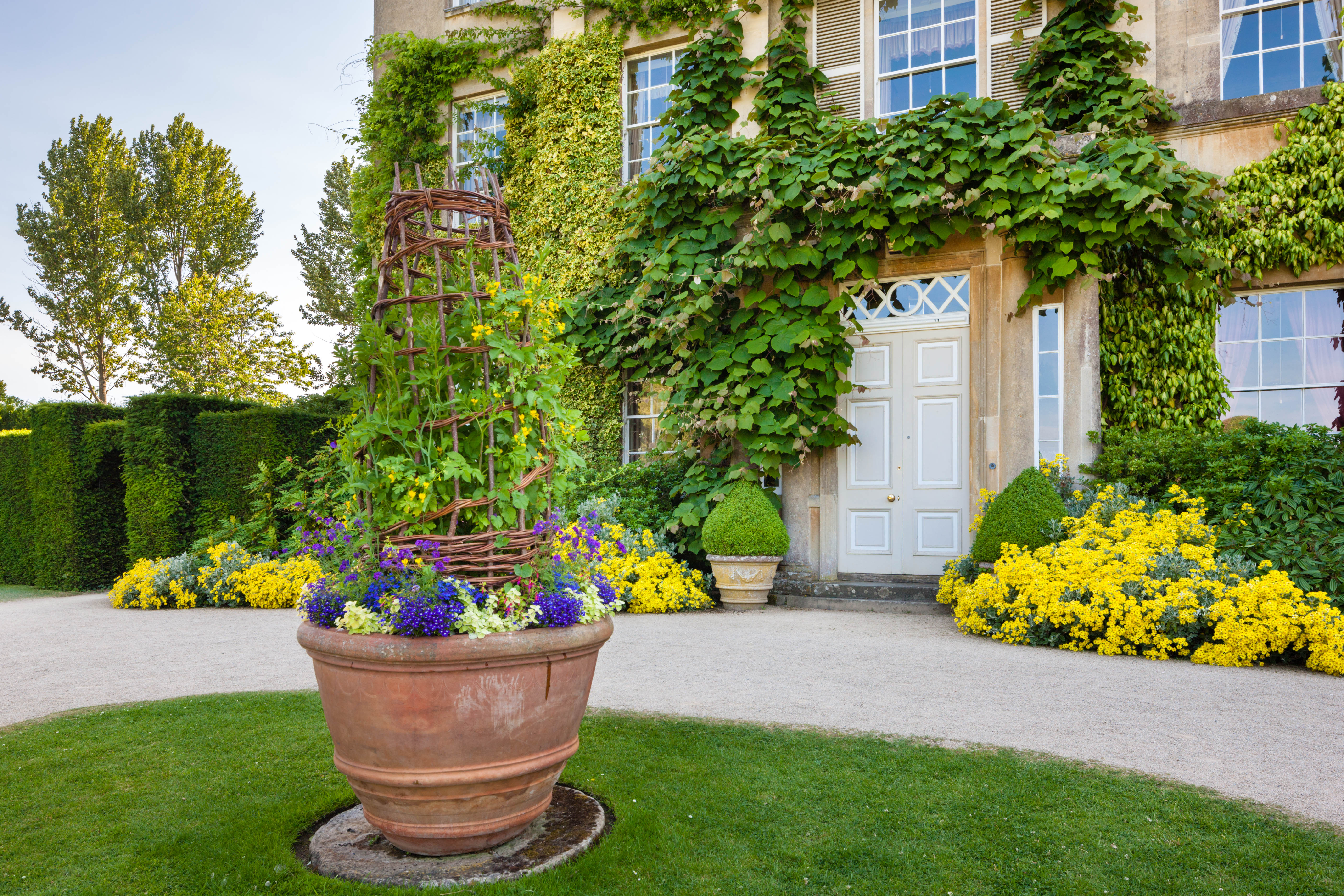
Tickets to visit Highgrove Gardens are on sale now and do book soon as they sell out quickly. It is worth keeping an eye out as new dates will be released as the year progresses. All the proceeds from ticket sales and profit from the shop (look out for the Transylvanian Hawthorn Honey) go to The Prince of Wales’s Charitable Fund. Recently donations have been made to local charities including Kids Stuff in Stroud; mobile cancer care units for Hope for Tomorrow in Tetbury; One 25, a drop-in support service in Bristol and Mentoring Plus in Bath which helps children. Tickets cost from £27.50 and you can book and find out more details by calling 0303 123 7310 or visit www.highgrovegardens.com.
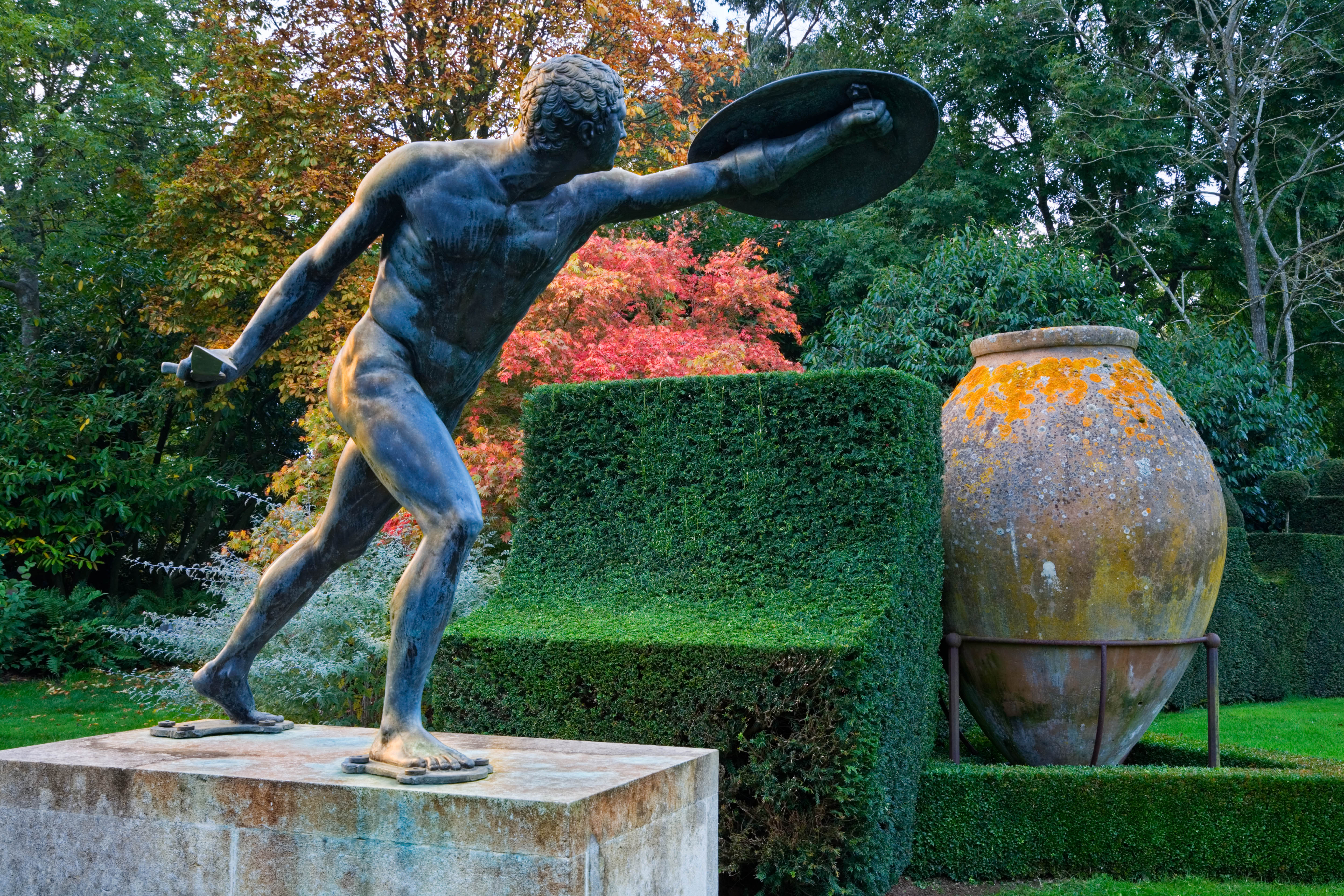
-
 What should 1.5 million new homes look like?
What should 1.5 million new homes look like?The King's recent visit to Nansledan with the Prime Minister gives us a clue as to Labour's plans, but what are the benefits of traditional architecture? And can they solve a housing crisis?
By Lucy Denton
-
 The battle of the bridge, Balloon Dogs and flat fish: Country Life Quiz of the Day, April 15, 2025
The battle of the bridge, Balloon Dogs and flat fish: Country Life Quiz of the Day, April 15, 2025Tuesday's quiz tests your knowledge on bridges, science, space, house prices and geography.
By James Fisher
-
 The man who trekked Bhutan, Mongolia, Japan, Tasmania and New Zealand to bring the world's greatest magnolias back to Kent
The man who trekked Bhutan, Mongolia, Japan, Tasmania and New Zealand to bring the world's greatest magnolias back to KentMagnolias don't get any more magnificent than the examples in the garden at White House Farm in Kent, home of Maurice Foster. Many of them were collected as seed in the wild — and they are only one aspect of his enthralling garden.
By Charles Quest-Ritson
-
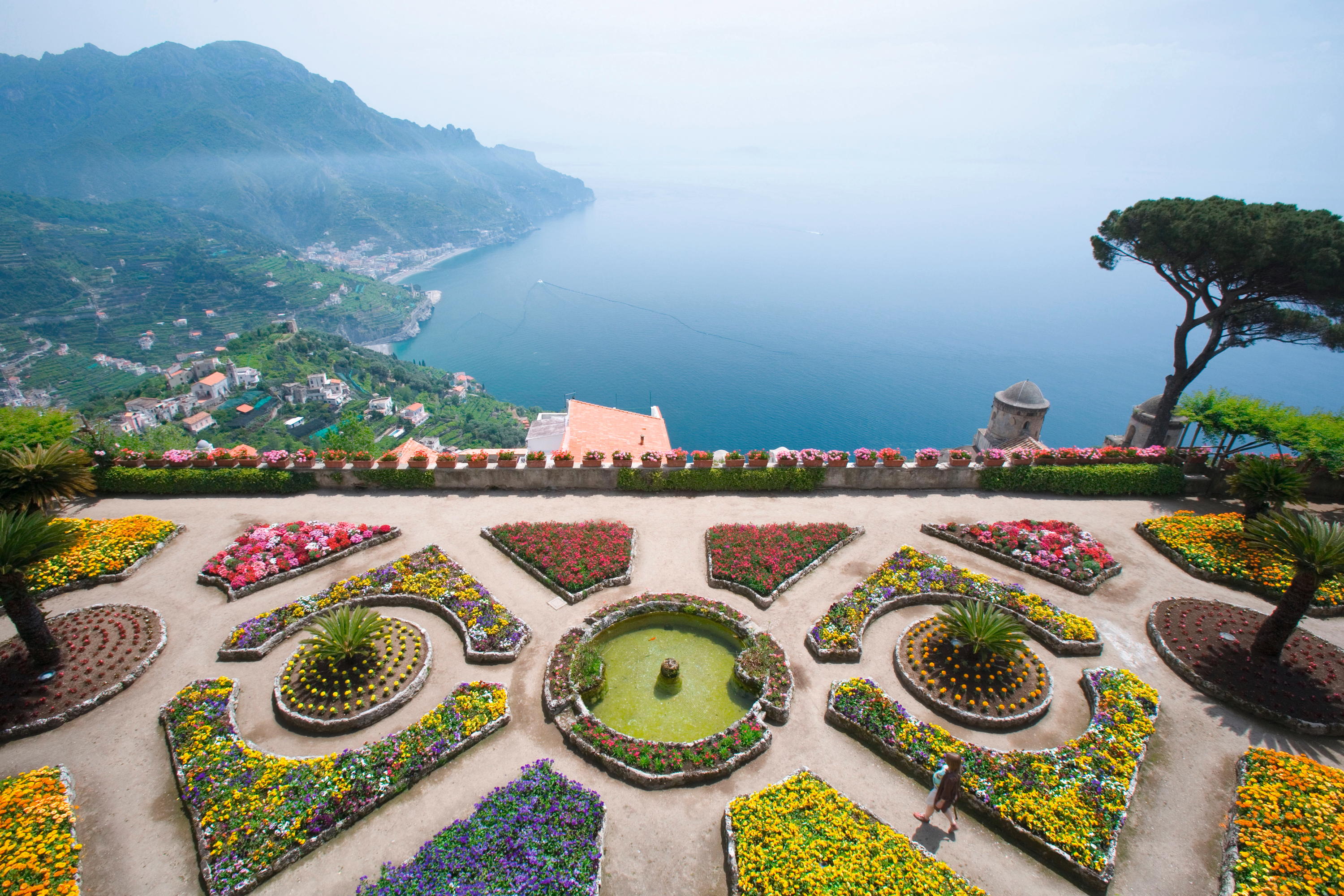 The 'breathtakingly magnificent' English country gardens laid out on the Amalfi Coast, and the story of how they got there
The 'breathtakingly magnificent' English country gardens laid out on the Amalfi Coast, and the story of how they got thereKirsty Fergusson follows the Grand Tour to Campania in Italy, where the English combined their knowledge and love of plants with the rugged landscape to create gardens of extraordinary beauty.
By Kirsty Fergusson
-
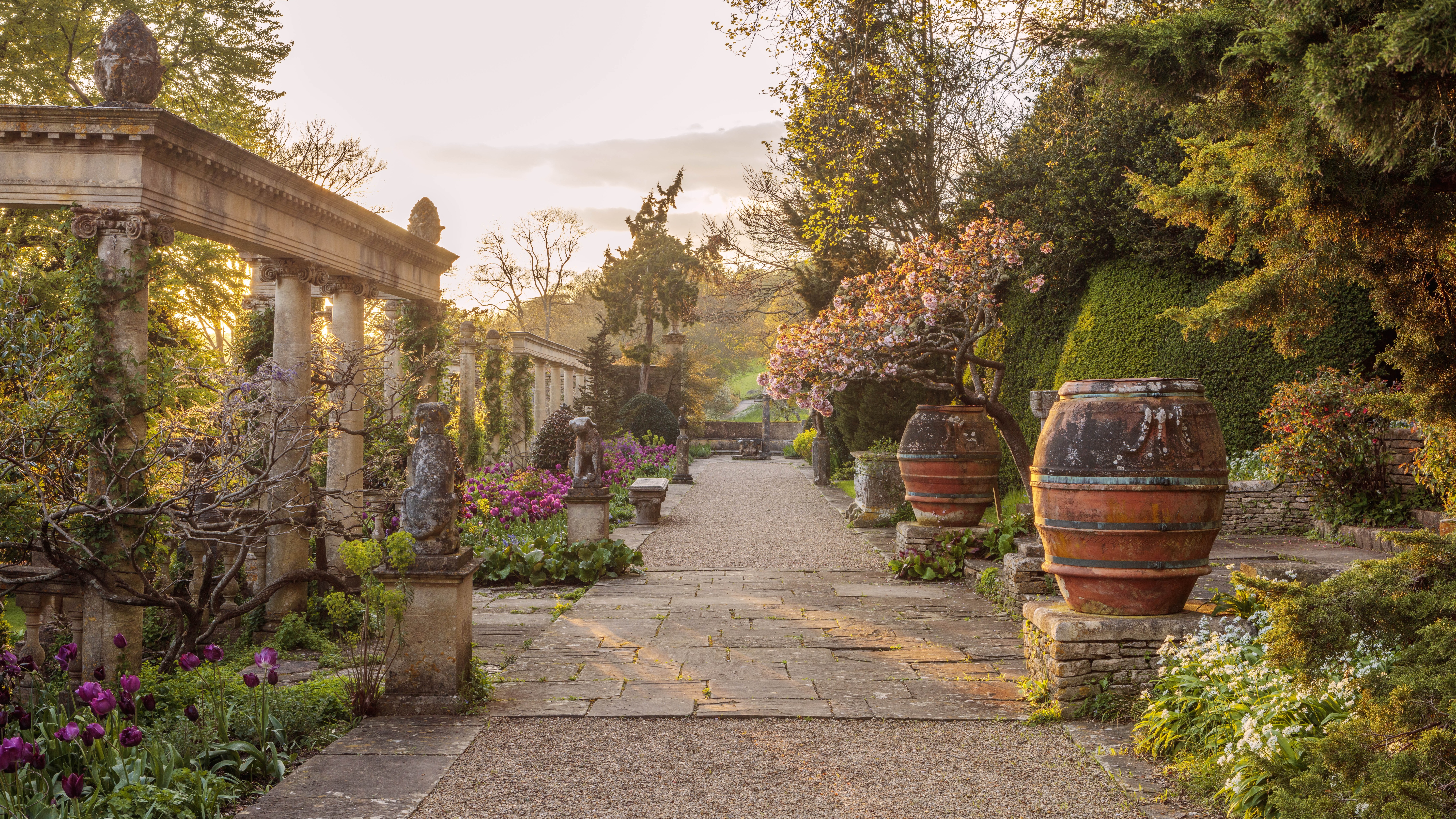 Have your say in the Historic Houses Garden of the Year Awards 2025
Have your say in the Historic Houses Garden of the Year Awards 2025By Annunciata Elwes
-
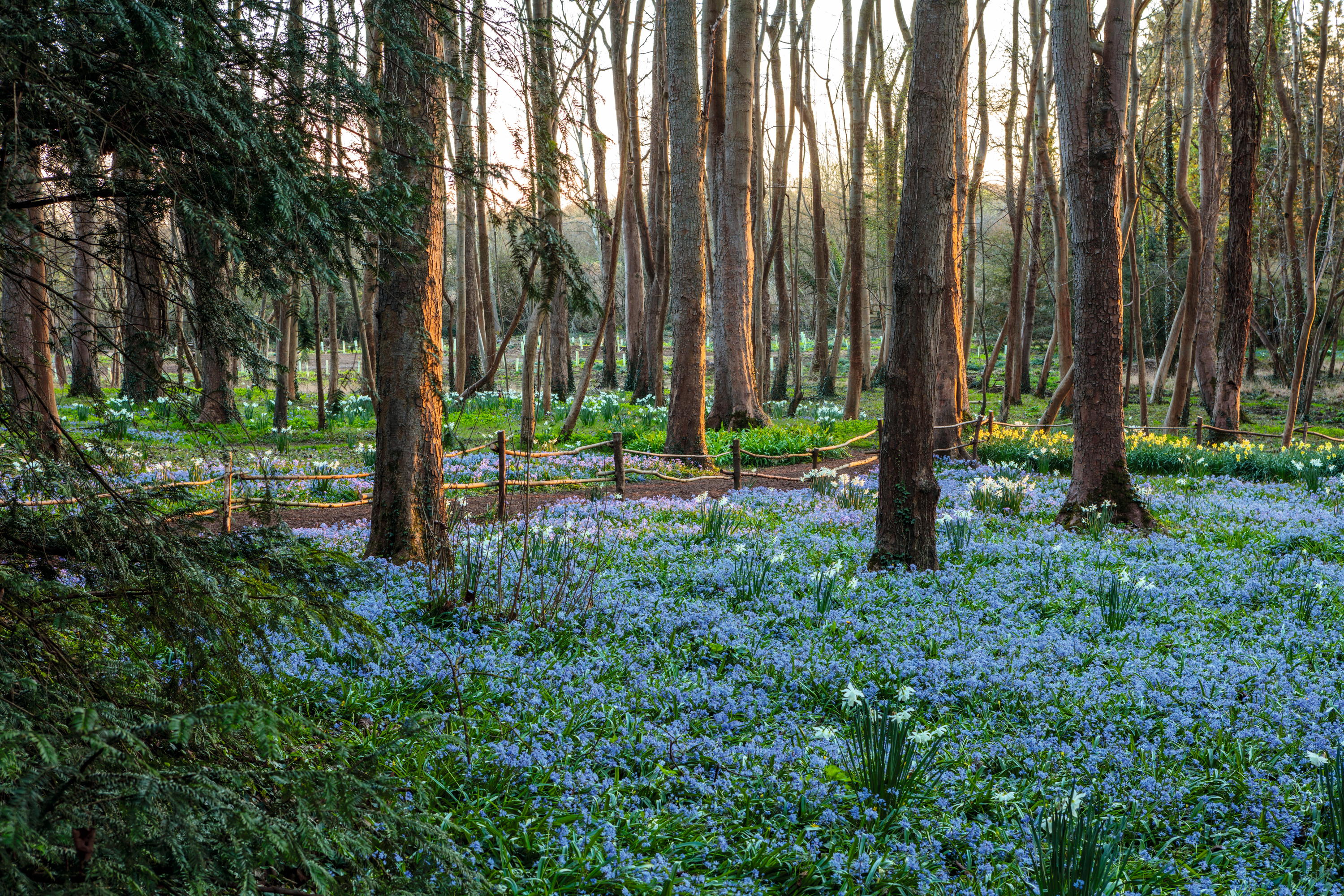 Evenley Wood Garden: 'I didn't know a daffodil from a daisy! But being middle-aged, ignorant and obstinate, I persisted'
Evenley Wood Garden: 'I didn't know a daffodil from a daisy! But being middle-aged, ignorant and obstinate, I persisted'When Nicola Taylor took on her plantsman father’s flower-filled woodland, she knew more about horses than trees, but, as Tiffany Daneff discovers, that hasn’t stopped her from making a great success of the garden. Photographs by Clive Nichols.
By Tiffany Daneff
-
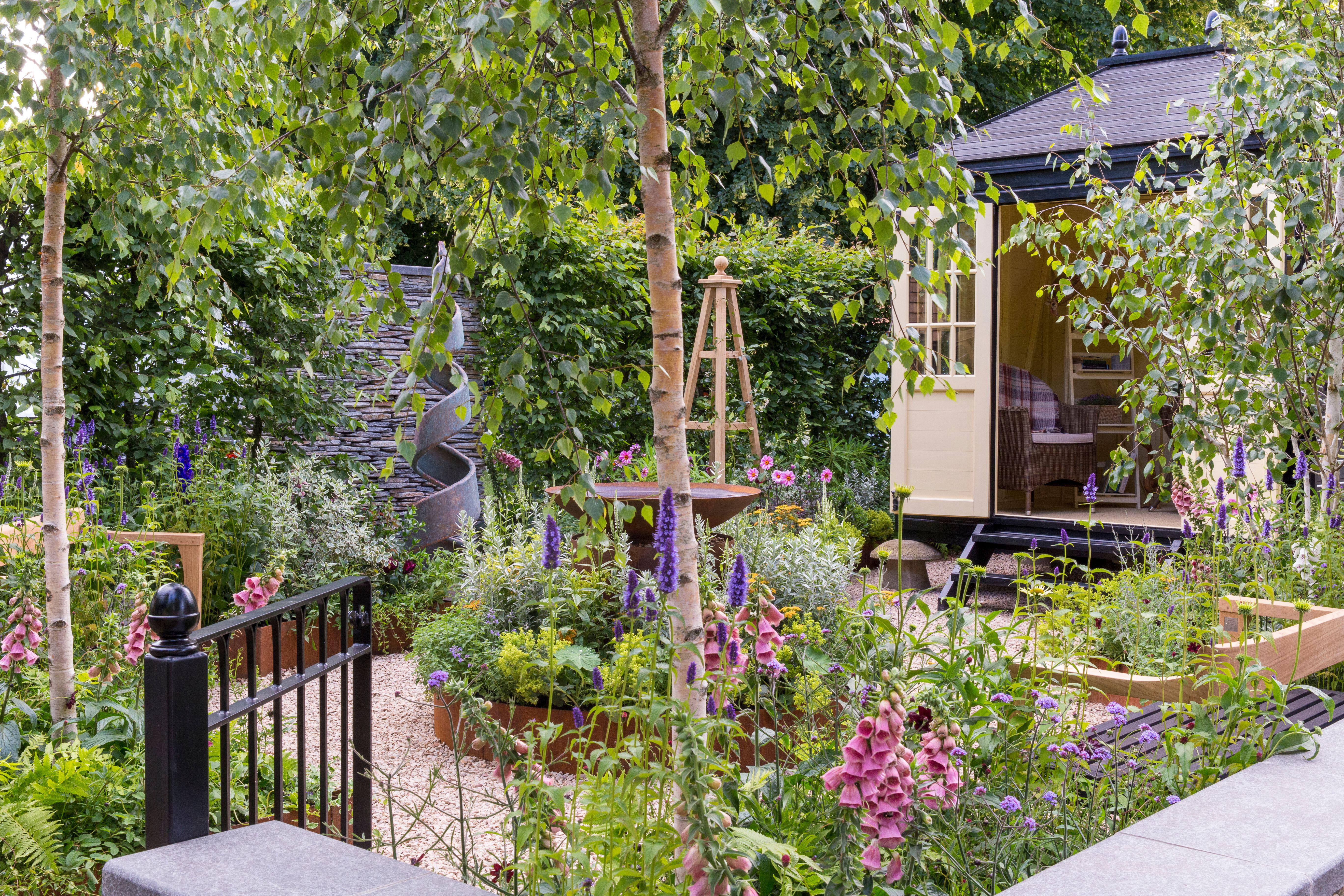 An expert guide to growing plants from seed
An expert guide to growing plants from seedAll you need to grow your own plants from seed is a pot, some compost, water and a sheltered place.
By John Hoyland
-
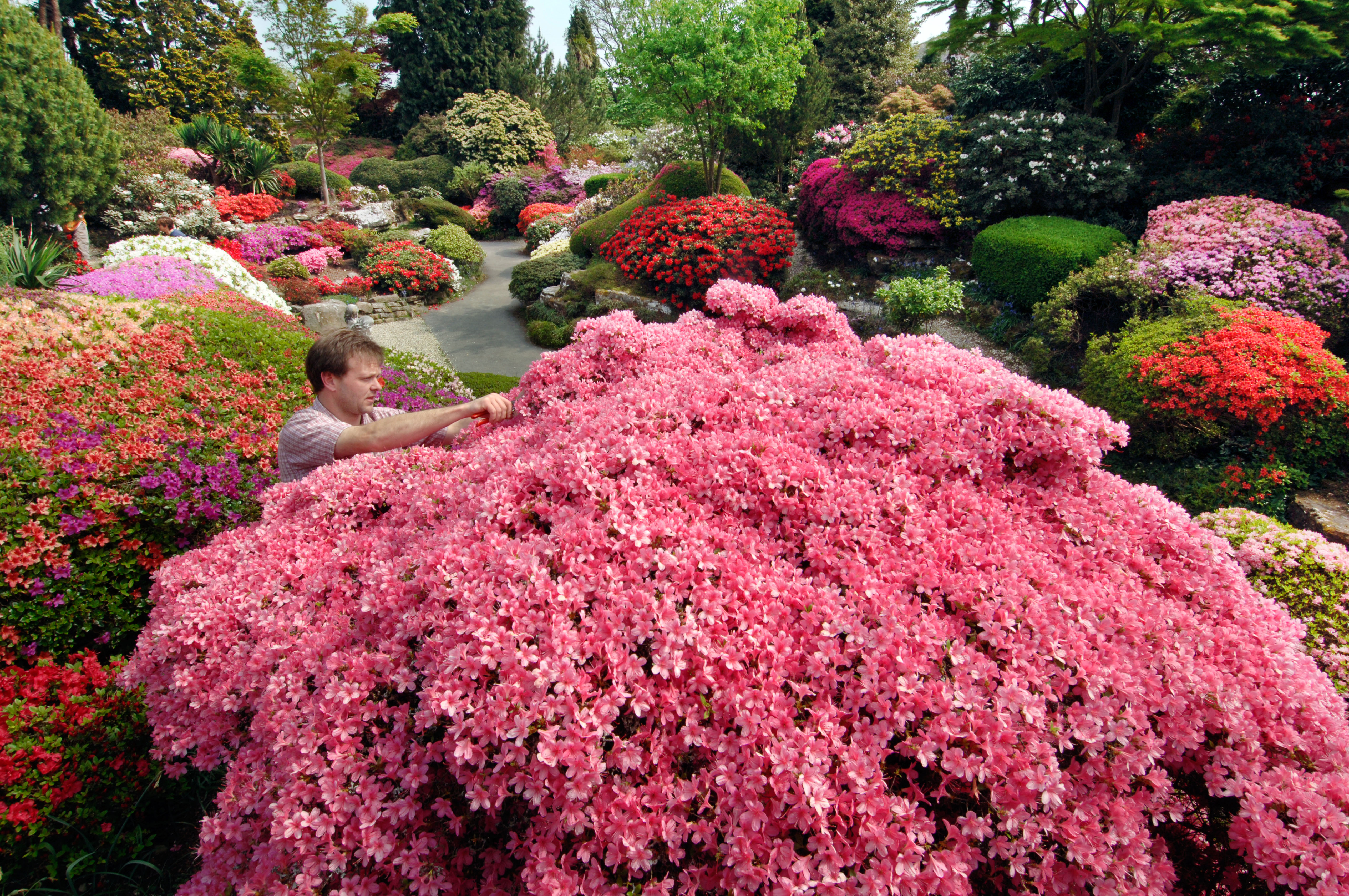 The best rhododendron and azalea gardens in Britain
The best rhododendron and azalea gardens in BritainIt's the time of year when rhododendrons, azaleas, magnolias and many more spring favourites are starting to light up the gardens of the nation. Here are the best places to go to enjoy them at their finest.
By Amie Elizabeth White
-
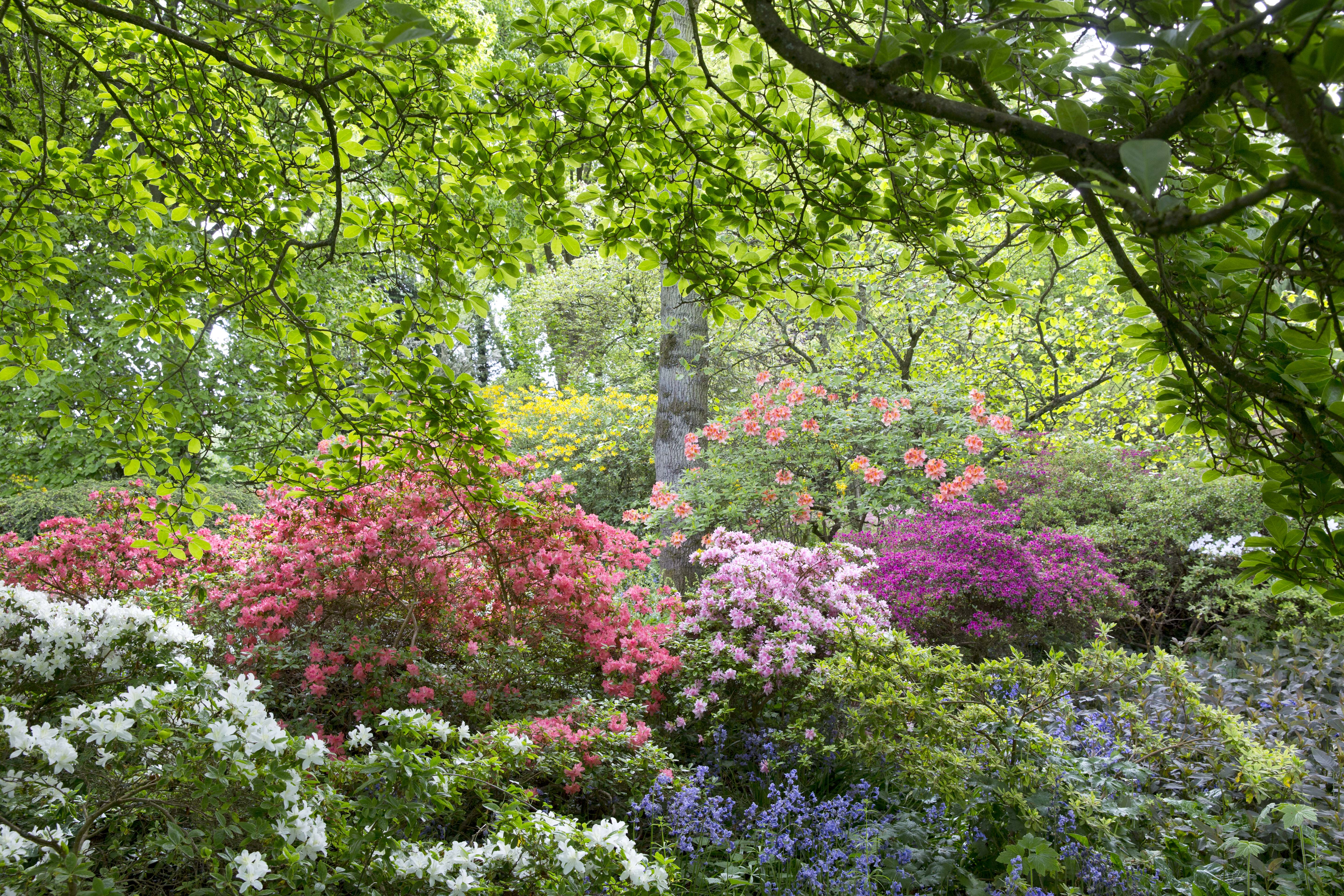 Great Comp: The blissful garden flooded with rhododendrons and azaleas that's just beyond the M25
Great Comp: The blissful garden flooded with rhododendrons and azaleas that's just beyond the M25Each spring, Great Comp Garden — just outside the M25, near Sevenoaks — erupts into bloom, with swathes of magnolias, azaleas and rhododendrons. Charles Quest-Ritson looks at what has become one of the finest gardens to visit in Kent.
By Charles Quest-Ritson
-
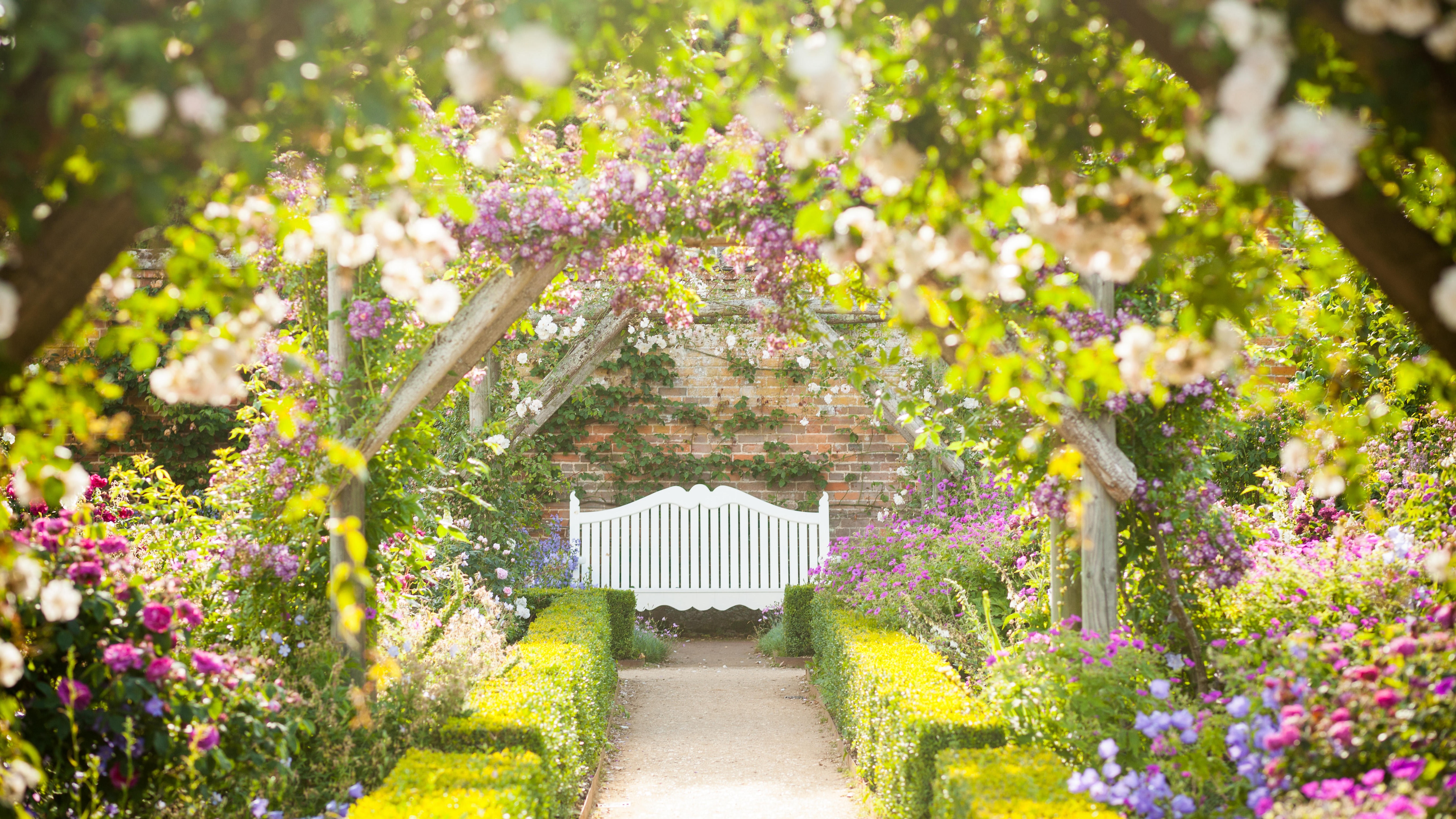 'I'm the expert who wrote the RHS's guide to roses — here's why pruning them right now is almost certainly a terrible mistake'
'I'm the expert who wrote the RHS's guide to roses — here's why pruning them right now is almost certainly a terrible mistake'More roses die from over-pruning than any other cause so what’s the reasoning underpinning this horticultural habit? Charles Quest-Ritson, the garden expert who wrote the RHS Encyclopedia of Roses, takes a closer look.
By Charles Quest-Ritson